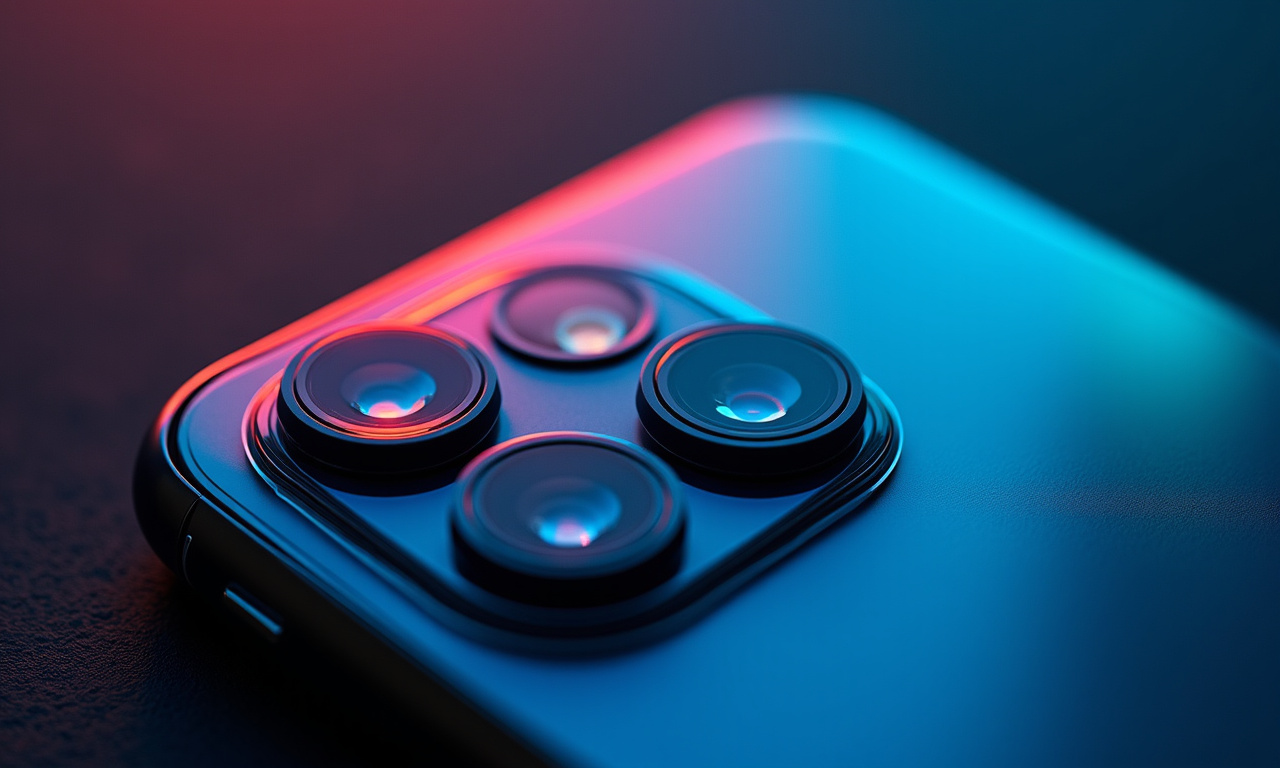Insider Ice Universe hailed the release of new image sensors – the 200-megapixel Sony LYTIA 901 with a 1/1.12 inch optical format and the OmniVision OVB0D with a 1/1.1 inch optical format, noting that these sensors will “significantly raise the ceiling of image quality for next year’s Chinese Ultra-class flagships.” These advancements are expected to enable even better low-light performance, increased detail capture, and enhanced dynamic range, setting a new standard for camera excellence in the upcoming devices from brands like Xiaomi and Huawei.
However, according to the informant, Samsung will not be using these top-tier sensors in the next few years.

Originally, it was planned that the main camera of the Galaxy S27 Ultra would be equipped with a 1/1.1-inch, 200 MP sensor, but the company’s management canceled this project due to high costs and its impact on the overall profitability of the devices. Instead, Samsung will continue to use the 1/1.3-inch class sensors with a resolution of 200 MP, similar in characteristics to the HP2. Given that Samsung has been using the same primary sensor for at least three generations, it’s unlikely that the S27U, S28U, or even S29U will present any significant surprises in terms of the main camera,” the insider noted.
Ice Universe was the first to accurately report on the new trend of waterfall screens in smartphones, the notch on the iPhone X, the new design of the iPhone 14, and the 200-megapixel image sensor from Samsung. Exclusive information about novelties is leaked to him by sources in the Research and Development department of the South Korean giant. Recently, he hinted at the possibility of future smartphone designs incorporating even more advanced AI-driven photography capabilities, potentially offering real-time augmented reality enhancements.









